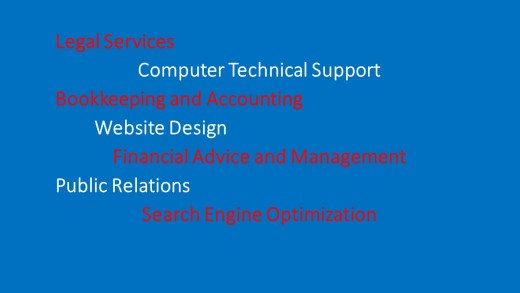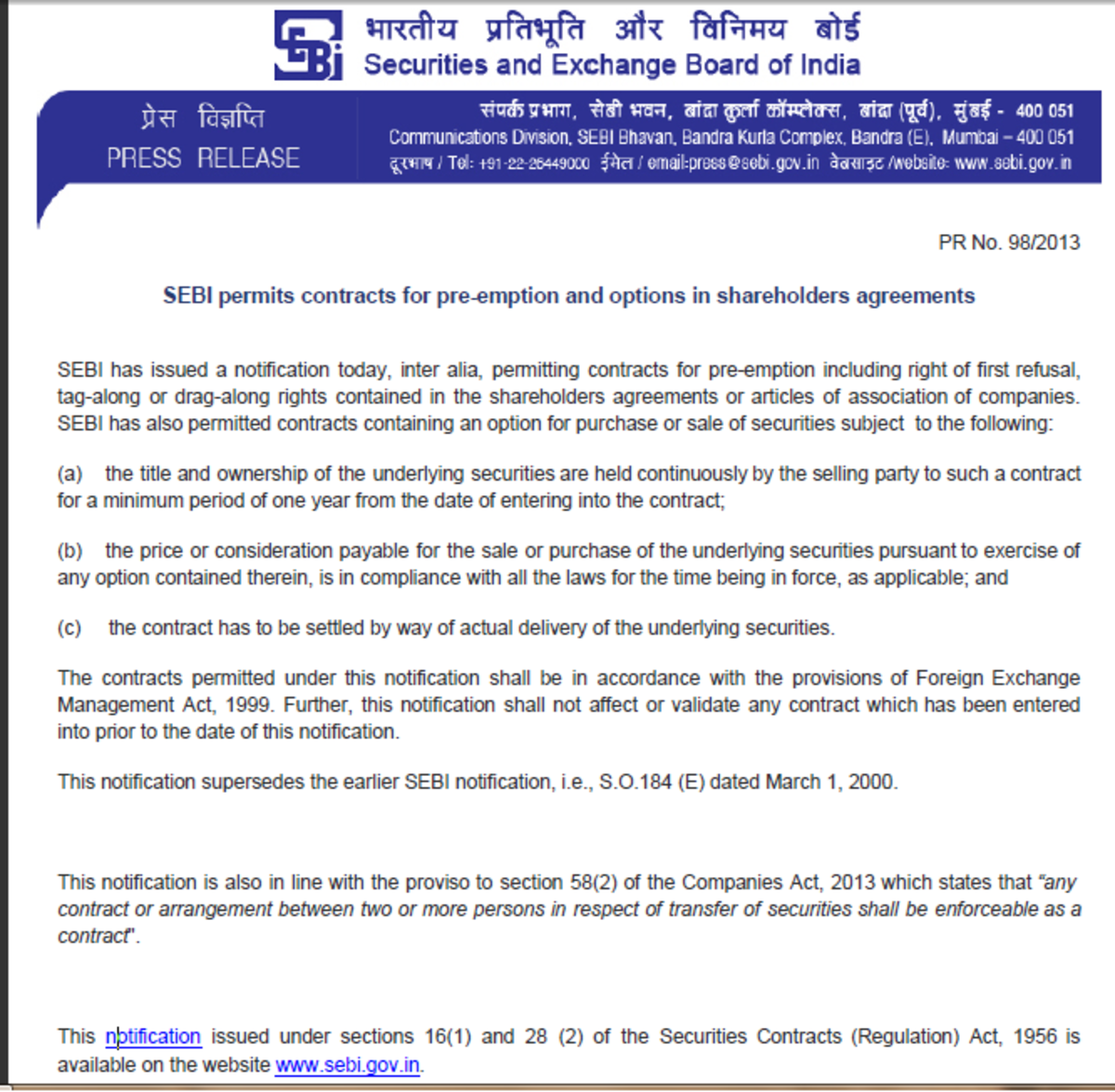The Value of Sweat Equity
Examples of Services That Can be Paid For With Equity

Sweat Equity - A Boothstrapping Tool
According to Investopedia, sweat equity is the contribution to a business in the form of effort or labor in exchange for a stake in the company. Sweat equity can be an important tool for entrepreneurs to balance the risk associated with capital. Starting a business can be capital intensive and can require expertise that is not within the business owners’ capabilities. Therefore, certain activities have to be outsourced. A creative way to finance business activities and limit capital expense is to offer equity for complementary skills.
Boothstrapping - finding a low-cost or no-cost way to do business
— Katz & GreenBuilding a Business with Sweat Equity
Sweat equity is a valuable part of starting and growing a business. For example, a T-shirt start-up can offer a professional designer 50% equity to create t-shirt designs. A stake in the business can provide a tangible benefit that will promote good performance. Someone who is given stock in the company should have a complimentary set of skills and be willing to contribute to the success of the company. According to Katz and Green (2018), one of the key factors in transitioning from a part-time business to a full-time entrepreneur is leveraging the time of others, and a critical tool in inspiring people to make this kind of commitment is sweat equity.
This is especially true for start-up businesses that operate on a shoe-string budget. However, some caution must be given to just handing out equity to anyone who makes a contribution to your business because once you give stock in your company it cannot be taken back and you will relinquish some control, some future profits, and some future wealth to that individual.
Sweat equity deals make sense for businesses that outsource functions which require expertise that is difficult to find and too expensive for a nascent business to pay for outright. A competent accountant would be a great example of someone recruited by means of sweat equity. This kind of equity can be seen as a buy-in and such a bind can be great for businesses because it aids in retaining key employees.
The Value of Sweat Equity to Investors
The right mix of talent and equity can be attractive to investors who sort after business that is run like a well-oiled machine and when there are multiple partners with distinguished skill sets dedicated to the success of the business that is a good thing. Family owned businesses are great examples of the churning power of sweat equity. "Generation after generation, family members are groomed to take over the business and carry on the family tradition of hard work and Leadership." (BusinessInsuranceQuotes.org, 2018) according to Groth and Weinmann (2011), family businesses outpace other firms in employment growth and revenues because they instill commitment and trust. The 10 largest family businesses collectively generate over 1 trillion in revenue yearly. (Groth and Weinmann, 2011)
This is certainly one way to look at it but for some investors taking up ownership in a company may have a different perspective. Katz and Green (2018), claim that owners view any form of equity as expensive, and as a future source of conflict that affects decision making. According to Advani (2007), partners can become discouraged and mediocrity can set in, at this point, the value of sweat equity diminishes. However, a restricted stock agreement can mitigate some of this risk by building in a buy-back right for the equity that was granted. Understanding how to use sweat equity as a substitute for capital can help a business owner to avoid the cost of interest, grow swiftly, and minimize personal financial risk.
The Value of Sweat Equity to Owners
According to Katz and Green (2018), business to a large extent is made up of operations which involves the converting of time and materials into services and products. Therefore, being able to leverage the time of others in the form of sweat equity can transform the productivity of a business and lead to greater success. Advani (2007), states that the owner of the business will have to become the expert on valuing sweat equity, not investors, accountants or lawyers. However, there are some guiding principles for valuing the toil of employees and potential co-founders. The first three factors are characteristics of the person; are they committed, have they made a unique contribution, and do their visions align with yours. The next set of considerations Advani (2007), gives are related to the numbers.
1. Market value does not equal the sum of sweat equity invested by you and your partners.
2. Foregone wages is not a parallel metric to sweat equity. Business owners should seek to provide a premium for sweat equity given the risk associated with being paid in equity rather than cash.
3. Employees and Founders are motivated by different things. Does the T-shirt designer deserve 50% of your company or a premium on top of foregone wages for their sweat equity? Ultimately, the business owner will have to determine which strategy is best and how to apply and value sweat equity.
References
Advani, A. (2007). What is Sweat Equity Worth?. Entrepreneur.com
Katz, J. A., & Green, R. P. (2018). Entrepreneurial small business.
Sweat Equity (2003). Investopedia.com
The 10 Biggest Family Businesses in the U.S. | Business Insurance Quotes: Compare Providers for Free. (2018). Businessinsurance.org.
The 10 Largest Family Businesses In The U.S.. (2018). Business Insider.
© 2018 Angelo








